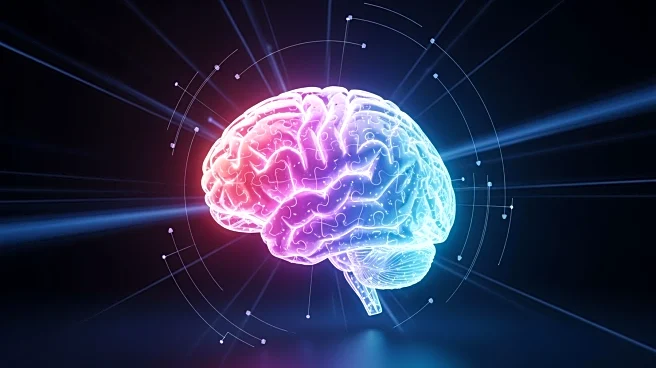What's Happening?
Researchers at Duke University have developed a new 'Pace of Aging' score using standard MRI scans to predict dementia risk. The study, involving over 50,000 brain scans, found that structural features
like cortical thickness can indicate how quickly a person's brain is aging. This score predicts cognitive decline and disease risk, offering a new tool for assessing brain health. The findings, published in Nature Aging, aim to create reliable measures of biological aging, potentially identifying individuals at high risk for age-related illnesses early in life.
Why It's Important?
The development of an imaging-based aging clock represents a significant advancement in the field of gerontology and neurology. It provides a direct insight into brain aging, which could lead to early interventions for cognitive decline and dementia. This tool could revolutionize how healthcare providers assess and manage aging-related health risks, offering a more precise method than traditional blood tests.
What's Next?
The research team plans to test the algorithm in more diverse populations and harmonize data from different MRI scanners. This will help refine the tool for clinical use, potentially expanding its application to other conditions like schizophrenia and sleep disorders. The ongoing research aims to validate the clock's predictive power across various demographics and health conditions.
Beyond the Headlines
The study underscores the importance of structural imaging in understanding brain health. It opens new avenues for research into how environmental and genetic factors influence brain aging, potentially leading to personalized medicine approaches for age-related diseases.











